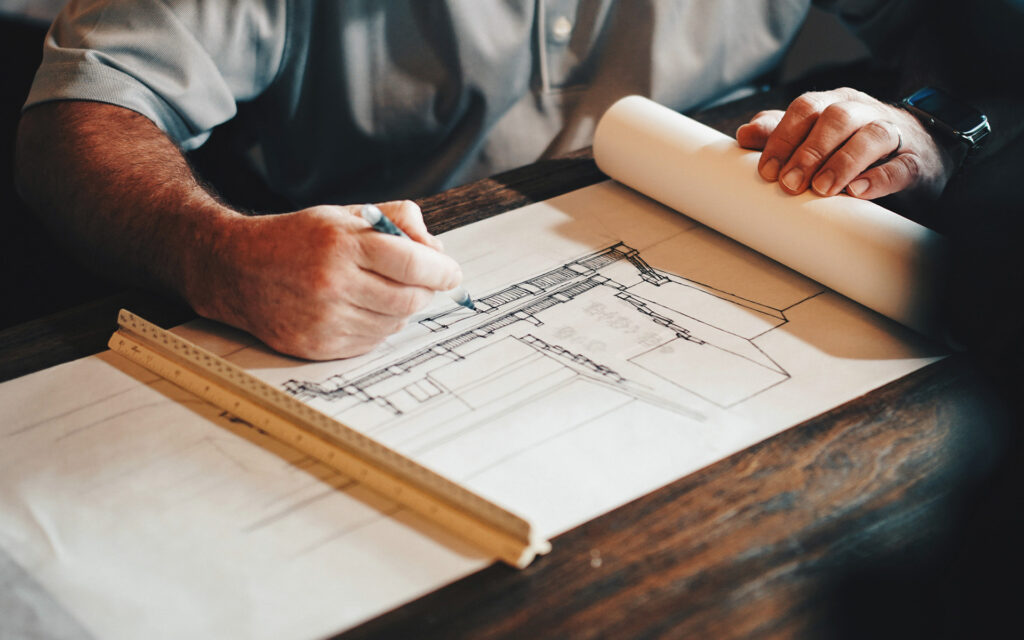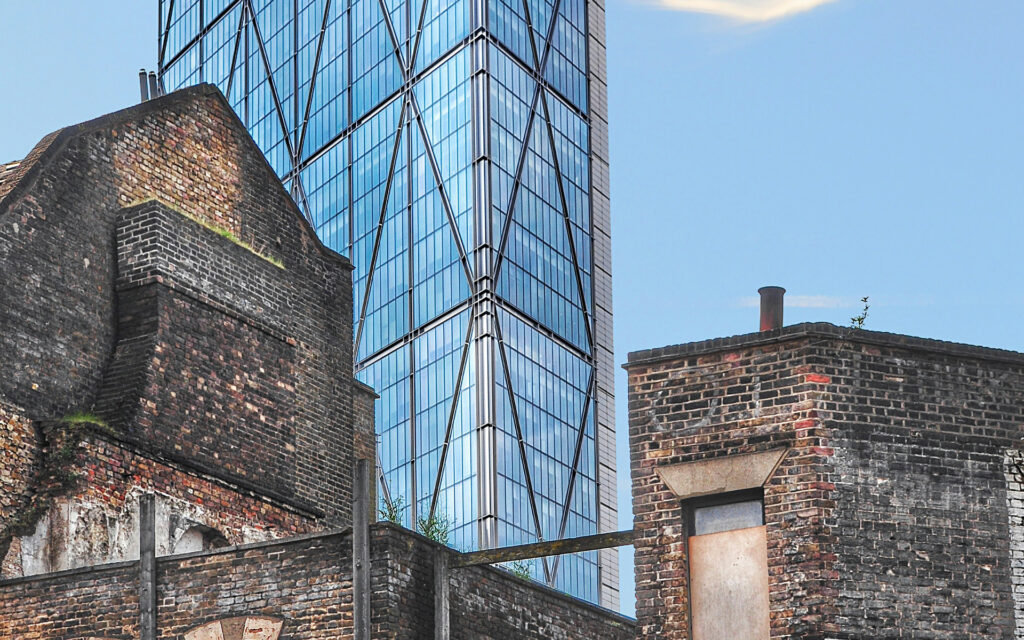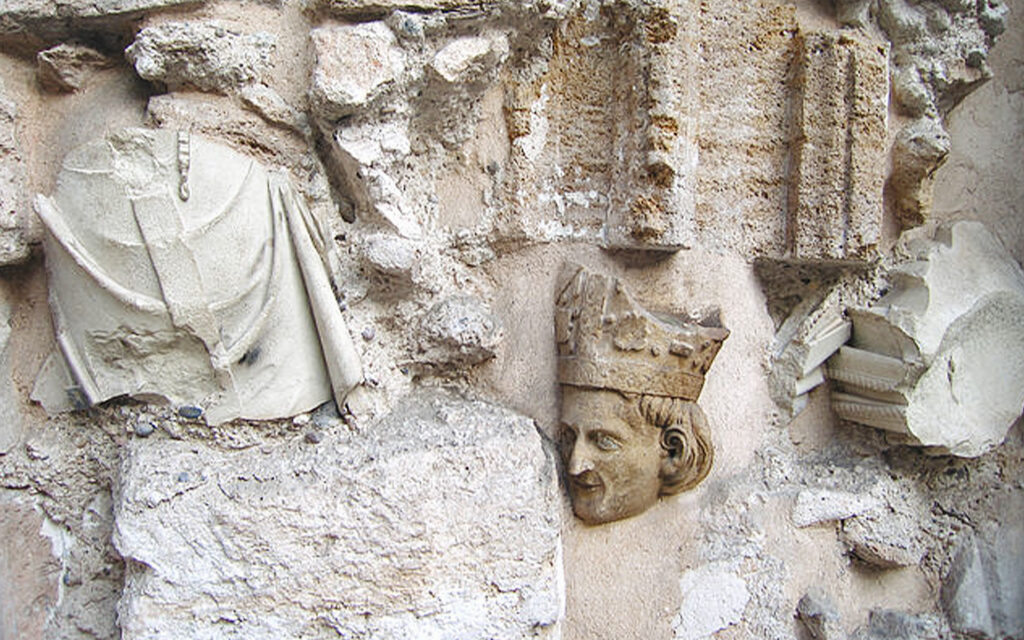Nowadays there is a lot of talk about deconstruction. Spaces, shapes and volumes in deconstruction are the protagonists. Permanence is not desired or supported. Better quit. So functions and types are also transient and non-permanent. The use (and reuse) of individual buildings gives way to their replacement, in a logic of consumption of the construction as if it were any product. The “stable” does not therefore have to be stable, permanent over time. Indeed, a solid stone construction can be a problem because it speaks more of permanence and the idea of possiblyreusing the buildings as a whole. Which means designing buildings that are not only materially durable, but that are also able to remain culturally relevant for a long time. Let’s try to reflect on the opposing paradigms of permanence and deconstruction, also in a sustainable key.

A matter of terms
Deconstruction is not a neologism, as is sometimes said. The term already existed in the dictionary with a sense poised between the dismantling and disassembly of the words typic of a sentence. But also for the dismantling of the parts of an object or a machine. It should be noted that this term seems to have a proper linguistic use. However, some avant-gardes of the early 1900s (in particular Constructivism) have transferred its meanings (and the methods of disassembly) also in the architectural field. The advent of digital in design has then emphasized this process. And the assembly of architectural components has become an irreversible process also in view of their industrial production. Thus constructions look more and more like objects. Also because they are designed as such. It is a “destruction” of the concept of stability as permanence and continuity. Replaced by the component, a typically industrial notion.
The destabilization of being
If deconstruction consists in disassembling, in detaching the pieces of an assembly or a system, then it is immediately evident that it places the emphasis on rejection, distinction, difference. “The shifting information we perceive as the World is an unfolding narrative” according to writer Philip K. Dick. However, the transition from the old to the new century saw the promises of liberation of the postmodern shipwreck, which ended up destabilising the identity.
Almost as if there were no real, out there, with which to deal, but only a game of methodological interpretations and manipulations that make the real world disappear from the scene and with it the permanence. Reaffirming that there must be an indeconstructible, we try to re-establish an identity precisely because there is a solid world impervious to our manipulations and interpretations. For this reason, the future of deconstruction, according to some, lies in reconstruction. Because one does not understand what else but reality can offer itself as a philosophical and political alternative in a world sick with fables.

Rebuilding Deconstruction
The term permanence, referring to architecture, means the maintenance and affirmation over time of technical, functional and symbolic values. It therefore indicates the existential category of a building. On the operational level, it also refers to the planning of the duration and the project of physical and functional obsolescence, strategic priorities for the implementation of an intervention. Today, the concept of permanence is increasingly contrasted with that of temporariness. These are two paradigms that, in their contrast, lead to the investigation of important technical and construction policy issues with significant repercussions also in other sectors such as the economy and, above all, environmental policies. In other words, it is right that the theme of building time planning goes hand in hand with the need for a more rational use of available resources, a theme, this one, purely of sustainability.
The stone age
Stone has the potential to become a low-carbon structural material, a material that is finally reappearing in the structural lexicon. Precisely thanks to its low carbon footprint. Compared to steel and concrete, the material offers significant savings in terms of sustainability. Manufacturers and engineers of concrete and steel talk about “green” versions of both, but at best they save 40% if all energy and material savings are aligned. While the stone remains 98% lower in its embedded carbon. Using renewable energy, for example in quarries, the stone has a near-zero amount of incorporated carbon. However, despite the potential carbon savings, the material is not commonly used as a modern building material.

Sustainable use
There is a popular belief that the stone no longer exists. Yet this is a misleading claim. Surely the proximity of the quarry to the construction site is important so that the material can be used in a sustainable way. Research conducted at ETH Zurich suggests that if the stone is transported by truck for more than 200 kilometers, a structural use in terms of carbon reduction may no longer make sense. There are also other limitations of a political and settlement nature. We don’t want, of course, new quarries popping up everywhere. The stone must be selected and the provenance must be correct. If the quarries are not properly equipped, a lot of pollution can occur. And you can destroy the virtuous cycle.
Innovation and tradition
With stone we are 20 years behind laminated wood. Only now do we begin to see architects question the use of stone, no longer as a coating, but as a load-bearing material, proposing what laminated wood has done in the last 20 years, as a prefabricated and perfected system. Today there are companies that take stone from quarries (especially waste stones) and reuse them by creating prefabricated components. The discarded blocks are cut into smaller pieces to make it easier for engineers to verify their suitability. Through them, holes are drilled and cables or metal reinforcements are passed to connect them to the prefabricated construction elements. The prefabricated elements can be made as walls of various sizes, columns of 50 centimeters, up to six meters in height. A kind of new concrete is created for the construction industry.
One building becomes quarry for another building
Referring to historical methods of sourcing stone, experts say that spolia (a Latin term describing the dismantling of stone structures to be reused in new construction) is experiencing a renaissance. A building becomes a quarry for another building. In ancient times this procedure was used to avoid the effort of cutting and carving the new stone. Today its advantage is in terms of carbon costs deriving from reuse. Rather than having to extract the raw material, Gothic, Romanesque and Renaissance builders dismantled stone buildings to reuse the stone and rebuild other buildings, also made of stone. It was a kind of virtuous and sustainable circuit.

A new idea of deconstruction
The dismantling of stone buildings is not without costs in terms of carbon. But the longevity and permanence of stone is what makes a material more sustainable. Today there is a lot of talk about deconstruction and reuse of the individual components of the building, a process that still requires energy. The solid stone construction speaks more of permanence and the idea of reusing the buildings as a whole. This means designing buildings that are not only materially durable but that can also remain culturally relevant for a long time.
To learn more: Ricostruire la decostruzione di Maurizio Ferraris
May you be also interested in : Shop windows and displays: are greener solutions possible?





